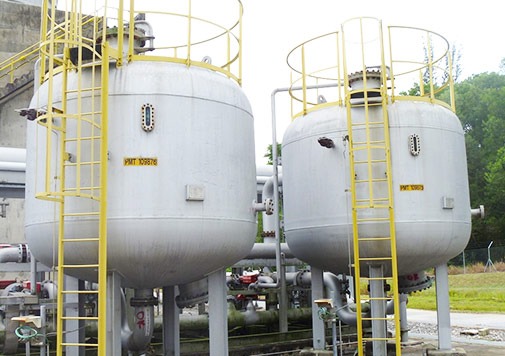SSF (Slow Sand Filter)

Slow sand filtration is a water treatment process where water passes slowly through a sand bed, allowing for the physical and biological removal of contaminants. This method is effective for improving water quality by filtering out particles, pathogens, and organic matter, making it suitable for both drinking water and wastewater treatment.
Process Description:
Slow sand filtration involves passing water slowly through a bed of fine sand, typically contained in a large open tank. The process begins with a biological layer called the "schmutzdecke" forming on the surface of the sand. This layer, composed of microorganisms, captures and breaks down organic matter and pathogens as water passes through. Beneath this biological layer, the sand bed further filters out particulate matter and remaining impurities through physical straining and adsorption. The filtered water is collected at the bottom of the filter and then directed to storage or distribution systems. This method is highly effective for removing turbidity, bacteria, and other contaminants, providing a simple and reliable means of water purification.
